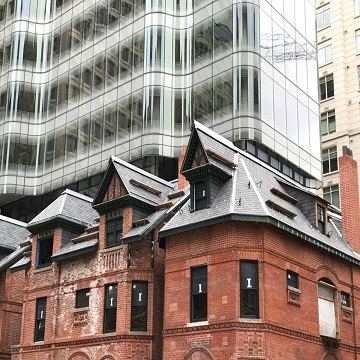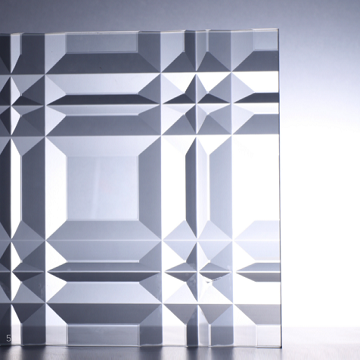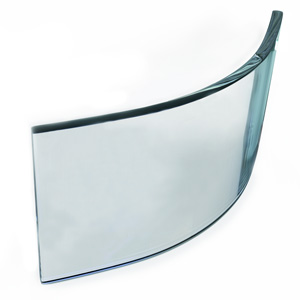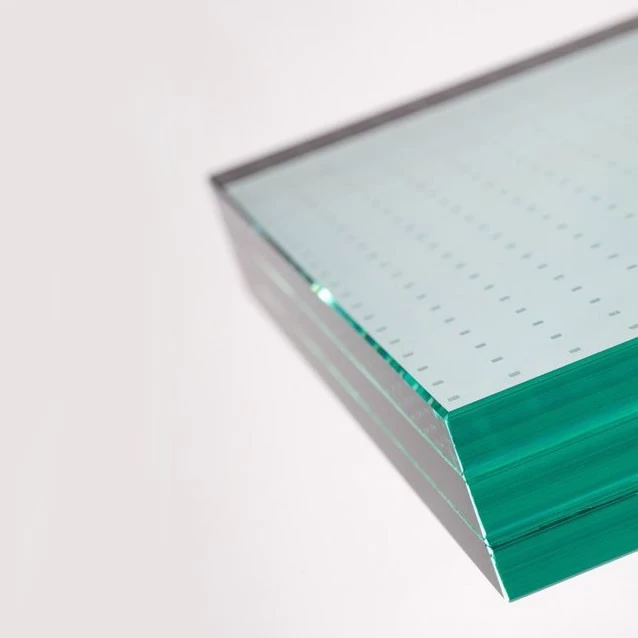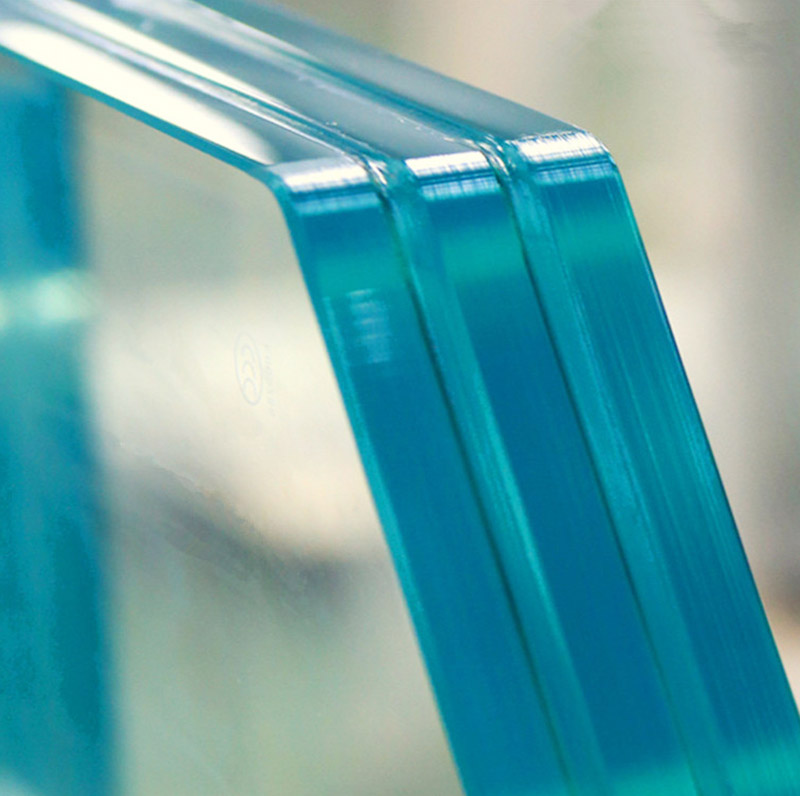Get the Low Down on Low-E Coatings!
Glass windows and doors are key in creating the drama, contrast, and views we love about our homes and cottages. They are also essential to how these spaces function: they provide thermal insulation, control light/heat transfer, and contribute to overall energy efficiency. There is quite a lot of technology and precision involved in creating glass window units that deliver these benefits, and Low-Emissivity Coatings, or Low-E Coatings, are key to the process.
So what is the low-E coating on window glass? What does it do? And why is it important to the performance of your glass windows and doors? Let’s find out.
What is Low-E Coated Window Glass?
Low-E coatings are transparent, very thin coatings added to the glass panes (glazings) of a window. They help regulate the passage of solar radiation through the window’s glass. Importantly, low-E coatings only reflect solar radiation at certain wavelengths (UV radiation and long/short wave infrared radiation). As a result, they allow for the uninterrupted flow of visible natural light into a home or cottage.
Low-E coatings are made from a variety of acrylics and metals (predominantly silver). While these materials do give the glass a slight tint, they are specially designed to let in optimal amounts of natural light.
Understanding the Term “Emissivity”
· Emissivity is a measure of how well the surface of an object absorbs and re-radiates (or gives off) thermal energy.
· Very reflective surfaces have a low emissivity, and duller objects that absorb heat well have a high emissivity.
· Measured on a scale ranging 0.0 to 1.0, with 0.0 being a perfect reflector and 1.0 being a perfect emitter (or a blackbody).
· A blackbody — a theoretical object in physics — is a perfect emitter because it absorbs and gives off all the thermal energy it is exposed to. These objects don’t really exist, but they are useful when talking about emissivity.
What Does This Mean for Windows?
An untreated glass surface (one without low-E coatings) has a very high emissivity (typically 0.8 or higher). This can have two consequences for your home:
· Glass surfaces absorb heat from the sun and re-radiate that heat into an indoor space (not ideal in warmer conditions)
· Glass surfaces absorb heat from objects inside the home and emit them outside (not ideal in colder conditions)
The whole point of low-E coatings is to help windows control or regulate how much heat they absorb and give off. By doing this, they can help windows improve their insulating properties. That said, because homes in different climates have different needs, there is no one-size-fits-all solution.
How Solar Radiation Interacts With Windows: Why Low-E Coatings Are Important
Low-e coatings are a simple, yet brilliant solution to a difficult problem:
The Problem: How to control, reduce or regulate certain types of solar radiation (UV radiation and infrared heat radiation) while not sacrificing visible light transmittance (or natural light).
The Solution: The low-E coating on window glass is a transparent coating that still allows for the flow of natural light into the home. Instead, it helps to mitigate two other types of non-visible solar radiation:
· UV Radiation: Ultraviolet light is invisible to the human eye. This wavelength of solar radiation can stream into the home and cause furniture and wall coverings to fade and discolour over time.
· Infrared Radiation: Transmits heat into an indoor space. Whereas short-wave infrared is heat from the sun, long-wave infrared is absorbed heat emitted from other objects, such as window panes and objects inside the home
All low-E coatings work to reflect and limit the amount of UV light that streams into the home. When it comes to heat, however, it’s important to find a formula that will work for the climate you live in.
Passive vs. Solar Control Low-E Coatings: Understanding the Difference
How do window manufacturers ensure that a window’s low-E coating will lead to more comfortable interior conditions for homes in different climates? Wouldn’t homes in winter months/colder climates want to take advantage of as much heat from the sun as possible? On the other hand, wouldn’t homes in warm, sunny climates want to eliminate as much unwanted solar heat as possible?
To solve this problem, there are two general types of low-E coatings that manufacturers will use depending on the situation: passive low-E coatings and solar control low-E coatings. Before getting into what those terms mean, let’s first understand where manufacturers actually place low-E coatings.
Low-E Coating Placements on a Double-Glazed Window
A double-glazed window refers to a window unit that contains two panes of glass separated by insulated spacers. Manufacturers will then fill the space between these two panes with noble gasses such as krypton or argon to better impede the flow of air through the panes. Manufacturers will then place low-E coatings on any of the four glass surfaces depending on the desired low-E formulation:1
· 1st Surface: The outside-facing surface of the exterior pane
· 2nd Surface: The inside-facing surface of the exterior pane
· 3rd Surface: The outside-facing surface of the interior pane
· 4th Surface: The inside-facing surface of the interior pane
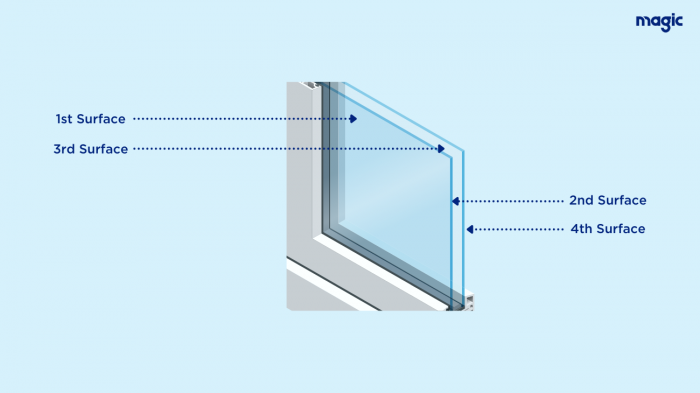
Passive Low-E Coating
· This type of low-E coating is typically used in colder climates.
· It helps homes take full advantage of solar heat gain and relieve the burden placed on artificial heat sources.
· Why “passive”? These low-E coatings focus on keeping solar heat in, rather than actively trying to reflect it back out.
· Fully passive low-E formulations will have coatings placed on surfaces 3 and/or 4.
· Coatings on these surfaces help to contain heat by reflecting long-wave infrared radiation back into the home.
Solar Control Low-E Coating
· This type of low-E coating is typically found in very warm, sunny climates.
· It helps windows reflect unwanted solar heat and relieve the burden placed on artificial cooling sources.
· As the name suggests, these low-E coatings reflect short-wave infrared and keep unwanted heat out of the home.
· A full solar-control low-E formulation will have a coating placed on surface 2.
With Low-E Coated Glass, Customization is Everything
While passive and solar control low-E coatings are the two overarching types of low-E coatings, window manufacturers must always seek to strike the right balance for the right homes in different climates:
· In Southern Ontario, where the weather changes drastically from hot to cold over the year, a balanced Low-E formula is best. It’s designed to allow you to take advantage of the sun’s heat in the winter, while not having it be overwhelming in the summer months.
· In warmer climates, for instance, the glass can be formulated with a heavy, solar control Low-E coating will significantly reduce the amount of heat coming through the glass.
How Do Low-E Coatings Affect a Window’s Energy Efficiency Performance?
Low-E coated window glass has a significant impact on the energy efficiency performance of glass window and door units. To better understand the impact, let’s look at how a window’s energy efficiency is measured.
Understanding Window Energy Efficiency Metrics
Third-party organizations like the National Fenestration Rating Council (NFRC) provide homeowners with reliable third-party information about energy-efficient windows. They have developed the necessary criteria to help homeowners understand when they are buying an independently-evaluated, energy-efficient product. Here are the four metrics they use:
Low-E Coating and Solar Heat Gain Coefficient (SHGC)
The SHGC metric determines how much solar heat enters a home via a window. The lower the number, the less heat enters. SHGC numbers range between 0 and 1 and windows are generally between 0.25 and 0.8. Low-e coatings can significantly impact SHGC; this is especially true of solar control low-E coatings, which actively reflect the sun’s short-wave infrared radiation and mitigate heat transfer through the window.
It’s important to note that a “good” or “bad” Solar Heat Gain Coefficient rating depends on climate. Homes in Northern Canada exposed to long winters and minimal warm weather want a higher SHGC to take advantage of more solar heat gain. Conversely, a lower SHGC is essential in the Southwestern United States, where homes contend with ample sunshine year-round. Put simply, a lower SHGC can reduce cooling costs, while a higher SHGC can reduce heating costs.
Low-E Coating and U-Factor
U-factor determines the rate at which heat escapes through a window. The lower the U-factor number is, the better the window is at mitigating heat loss. The typical range to look for is between 0.20-1.20.
Low-e coatings can help to improve a window’s U-factor, particularly with passive coatings placed on interior panes. In these situations, the interior panes inside the glass unit help to reflect heat from interior sources back into the home.
Low-E Coating and Visible Light Transmittance
This metric determines how well a window permits the flow of natural light into a home. The higher the VT, the better. By allowing more natural light, a window helps reduce the need for artificial light sources.
Even though Low-e coatings do add a slight tint to windows, they should not have a major impact on visible light transmittance. Again, the primary point of this technology is to control and reflect unwanted solar radiation without noticeably impacting the flow of natural light into your home.
Low-E Coatings: Summarizing the Key Points
1. Low-E coating is a thin, transparent, yet slightly tinted coating added to glass windows to help control or regulate the passage of solar radiation (sunlight) through the window’s glass.
2. Different homes require different low-E coating formulations depending on the climate where they are located.
There are two general types of low-E coatings: passive low-E and solar control low-E.
3. Passive low-E: takes advantage of solar heat, reflecting it back indoors to relieve the burden on artificial heat sources.
4. Solar control low-E: actively resists and reflects solar infrared (heat) radiation.
5. Low-e coatings can help to improve key window energy efficiency metrics.
6. Finally, manufacturers can tailor Low-e coatings to deliver the right performance for homes in specific climate regions.
Supplier of The Relative glass In China
Wallkingdon Glass offers not only one of the broadest selections of architectural, decorative, and specialty glass, but we also offer services that allow our clients to do more with glass. If you want to get high quality glass and the cost effective solutions while keeping quality to highest level, send an email to enquiry@wallkingdonglass.com, we will have the valuable input and creativity of glass design experts to help


